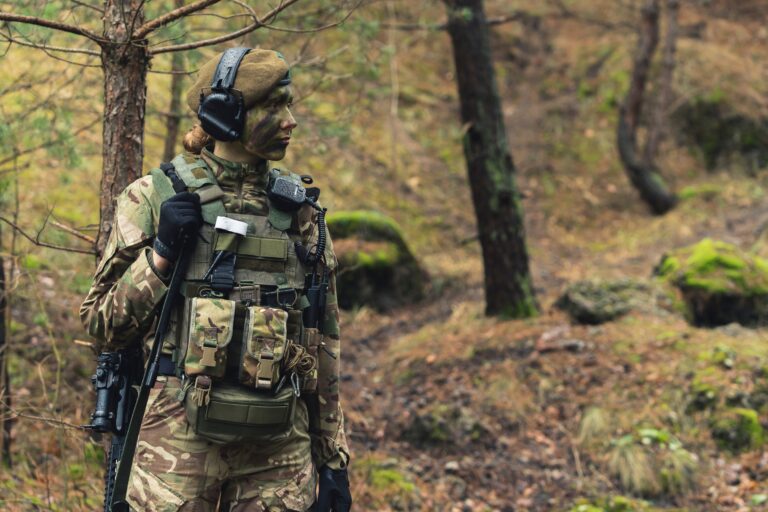Tragic diving incident follows MoD’s latest stats on training and exercise deaths
News of the tragic death of a British soldier, Lance Corporal George Partridge, following a diving accident during the final week of an Army training course, comes just weeks after the Ministry of Defence (MoD) released its latest statistics on training and exercise deaths in the UK Armed Forces.
Military training is inherently hazardous and it would be impossible to reduce all risks completely, but this latest death turns the spotlight once more on the MoD and whether it is doing enough to minimise the risk of injury or death to service personnel.
The MoD’s latest statistics confirm that between January 2000 and February 2018:
- 141 UK Armed Forces personnel died whilst on training and exercise
- Injuries were the largest cause of death with 106 deaths
- There were 13 deaths among personnel in their Phase 1 or Phase 2 training. Of those, five were under the age of 18 at the time of their death.
- In the Army 94 personnel died whilst on training or exercise. The figure was 24 in the Navy and 23 in the RAF.
- Aircraft accidents accounted for 29 deaths. 19 deaths resulted from land transport accidents and 15 deaths from live fire. Seven deaths happened as a result of diving or snorkeling.
While the circumstances surrounding Lance Corporal Partridge’s death are not yet known, it raises the question of what steps the MoD is taking to drive down the number of deaths whilst on military training and exercise.
In November 2017, a report was published into the death Private Connor McPherson who was fatally shot during a live fire exercise at Otterburn Training Area in August 2016. The MoD Service Inquiry found that he was shot by a fellow soldier who mistook him for a target during a flawed training exercise. Eight “contributory factors” were identified that made the accident more likely to happen at night, including a lack of effective supervision of the soldier who fired the deadly shot, the inexperience of safety supervisors during the night exercise and some soldiers’ lack of experience of night firing without illumination.
Last year, my colleague, Claire Withey, wrote about the Castlemartin firing range incident which resulted in the tragic deaths of Royal Tank Regiment Corporals Mathew Hatfield and Darren Nielson in July 2017 after an ammunition round exploded in their tank during an exercise. An inquest is due to take place later this year. Please see her blog here.
You may also be interested to read my colleague Gaggan Mawi’s recent blog on the MoD funding crisis and her concerns about what this could mean for the health and safety of service personnel.
I act for clients who have suffered life changing injuries as a result of military training or exercises that could have been prevented had simple steps been taken. For the sake of our military personnel, I hope that lessons are being learned from these recent tragedies and that the MoD is doing everything it can to minimise the risks faced by our troops during routine military training and exercises.










